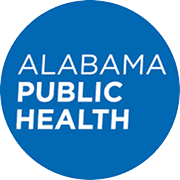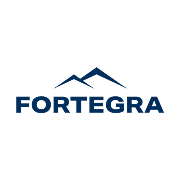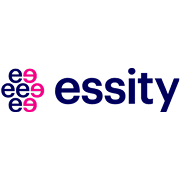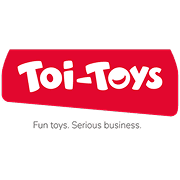Insurance
- Home
- Solutions Overview
- Insurance
InRule for insurance
Insurers rely on InRule’s automation capabilities to streamline underwriting, claims, and policy administration while staying aligned with regulatory requirements. By combining rules, workflows, and predictive models, they reduce errors, cut cycle times, and deliver consistent, explainable outcomes.

Challenges for insurance
Insurers face the challenge of adapting underwriting and claims processes quickly while maintaining regulatory compliance, detecting fraud, and keeping costs low.

Adapting to change at scale
Frequent updates to underwriting, pricing, and claims rules slow responsiveness and drive up costs when logic is buried in code or locked behind IT cycles.

Evolving regulations
Inconsistent rule updates and limited traceability make it hard to ensure that every decision meets policy standards, audit requirements, and regulatory expectations.

Fraud oversight
Manual reviews and opaque predictive models limit the ability to identify fraud efficiently or explain outcomes to regulators and customers.
Testimonials
Hear from our clients

Lee Company (facilities services)
Director of IT
Alabama Department of Public Health
Senior Manager
Fortegra Financial
Director of Application Development
Essity
Dana Chris Reaves, Director of IT
Residential Earthquake Insurance Company
VP Information Systems
Toi-Toys
Bart Daams: Regulatory Affairs & Compliance ManagerModernizing underwriting and claims with InRule
InRule streamlines underwriting, claims, and fraud detection by separating rules from code and modeling processes with BPMN. Analysts can trust their rules through Vocabulary, caseworkers see clear lists and forms, and IT ensures compliance with audit-ready reporting. With regression testing, insurers test effectively and deploy with confidence, reducing cycle times and maintaining transparency for regulators.

Deliver regulatory-compliant, transparent insurance decisions
Automation in insurance ensures accuracy and auditability in processes that must balance customer service, risk management, and strict compliance requirements.
Underwriting and quoting
Automate eligibility, pricing, and policy issuance with rules that enforce underwriting guidelines while allowing fast updates when market or regulatory conditions change.


Claims process automation
Reduce cycle times by automating claims intake, validation, and settlement. Rules handle coverage checks while workflows route exceptions to human reviewers.
Fraud detection and prevention
Use predictive models alongside rules to detect suspicious patterns. Deterministic guardrails keep fraud detection transparent and auditable, supporting regulatory reviews.


Regulatory compliance
Ensure every decision from policy pricing to claims settlement is logged and explainable. Versioning and audit reports provide confidence that processes remain compliant with evolving regulations.
Common areas include underwriting, quoting, claims intake and settlement, policy administration, regulatory compliance checks, and fraud detection.
By externalizing decision logic into a governed rules engine, every decision is logged, traceable, and auditable. InRule provides transparency through Visual Trace, Rule Application Reports, and regression testing logs, making it easier to explain decisions during regulatory review.
Yes. Routine coverage checks and validations can run automatically, while exceptions are routed to claims specialists. This reduces delays and improves customer satisfaction.
Rules enforce thresholds and trigger investigations, while predictive models identify unusual behavior. Guardrails ensure these models remain transparent and explainable to regulators.
Customers benefit from faster quoting, quicker claims resolution, and consistent decisions, while insurers maintain transparency and regulatory accountability.
Look for:
- Ability to externalize and audit rules for underwriting and claims
- Transparent fraud detection that blends rules with predictive models
- Modeling tools in business language for analysts and underwriters
- Testing, validation, and regression features to minimize errors
- Versioning and deployment safeguards for audit readiness
- Integration with core insurance systems (policy admin, claims, CRM)
Resources
Explore the platform in action
Explore real-world examples of how organizations use InRule to unify rules, processes, and data. Read articles, watch webinars, and access expert insights on building transparent, adaptable automation.







